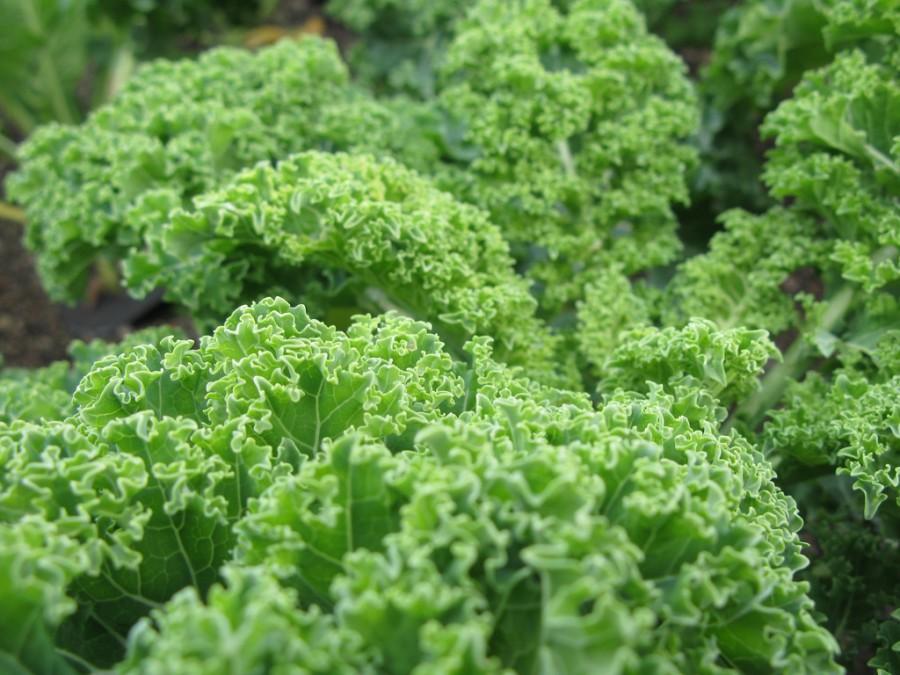Jump on the kale train
The health benefits of the “super food” have caused a kale craze among students, but many are unaware of the dangers
KALE CRAZE: Students and staff enjoy the health benefits of kale. It is a source of vitamin A, K, B6 and C, fiber, calcium and iron. But many are unaware of kale’s possible negative effects.
March 26, 2016
Hop on the kale train.
Kale has been viewed as the ‘super food.’ While it turns all your smoothies green, it does wonders for your body.
Or so they say.
Kale has fantastic health benefits. It’s a source of vitamin A, K, B6, and C, fiber, calcium and iron. It contains zeaxanthin and lutein, which aid aging eyes that are prone to macular degeneration and cataracts. It also helps promote detoxification.
Sophomore Julia Drabczyk enjoys the health benefits of kale.
“When I eat it, I notice I have an increased energy, which is beneficial during school and after school for any sports activities,” Drabczyk said. “When I start to notice tiredness from lack of iron, I add kale to my diet because it has a huge boost of iron, so that can also connect with energy. I also find that it helps ease my stomach and overall improvement with how well my body feels. I also see clearer and healthier skin.”
While all of these things are great, eating kale more than once a day can be dangerous. Nutritionist Pamela Zinn of Holistic Nutrition Center has seen this happen.
“The trend is to juice kale, add it to smoothies, bake kale chips, have it in salads and eat it every day and get lots of it, but I absolutely do not recommend that,” Zinn said. “Unintentional health problems can develop, and existing conditions can become worse in some people who eat kale.”
On top of the dangers of eating it daily, some bodies respond to kale differently. Everyone talks about the perks of kale, but for some people, kale is their poison due to the natural chemicals in the plant.
People who see these side effects may need to limit their intake or avoid it all together.
According to Zinn, thyroid issues can start. Kale contains thiocyanate which is a goitrogen that disrupts the production of thyroid hormones meaning that it can cause new problems or make existing problems worse.
She also says that if you are taking a blood thinner, kale should be avoided. Kale and blood thinners act in a similar way, and it can be dangerous to be taking them both. Taking both can cause bloodshot eyes, bleeding gums, bloody nose, and more severe bleeding.
Undiagnosed overgrowth of gastrointestinal yeast can occur (this person is usually taking acid blockers or other occasional remedies for bloating, gas, constipation, diarrhea). A substance called oxalates which is connected to your yeast levels can be affected by kale. Your levels of oxalate can be raised by kale, and possibly forming kidney stones.
Kale contains lectins that are similar to the structure of wheat germ, so people who have a sensitive to gluten can have a cross-over effect to kale.
Zinn has seen the many good things about kale, but wants people to know more about the dangers.
“Most articles choose positive side and so people think they should start slamming it down in huge amounts,” Zinn said. “You may have noticed that there are a lot of people who may need to know about the dark side of kale.”


